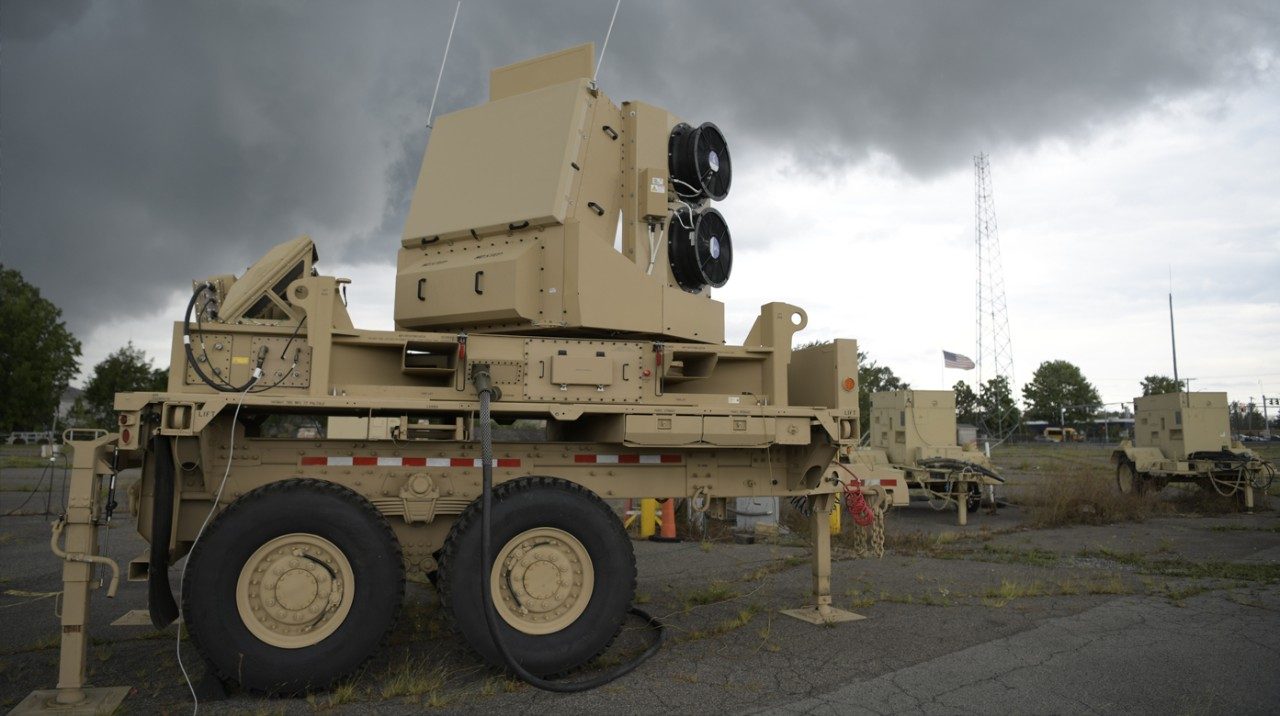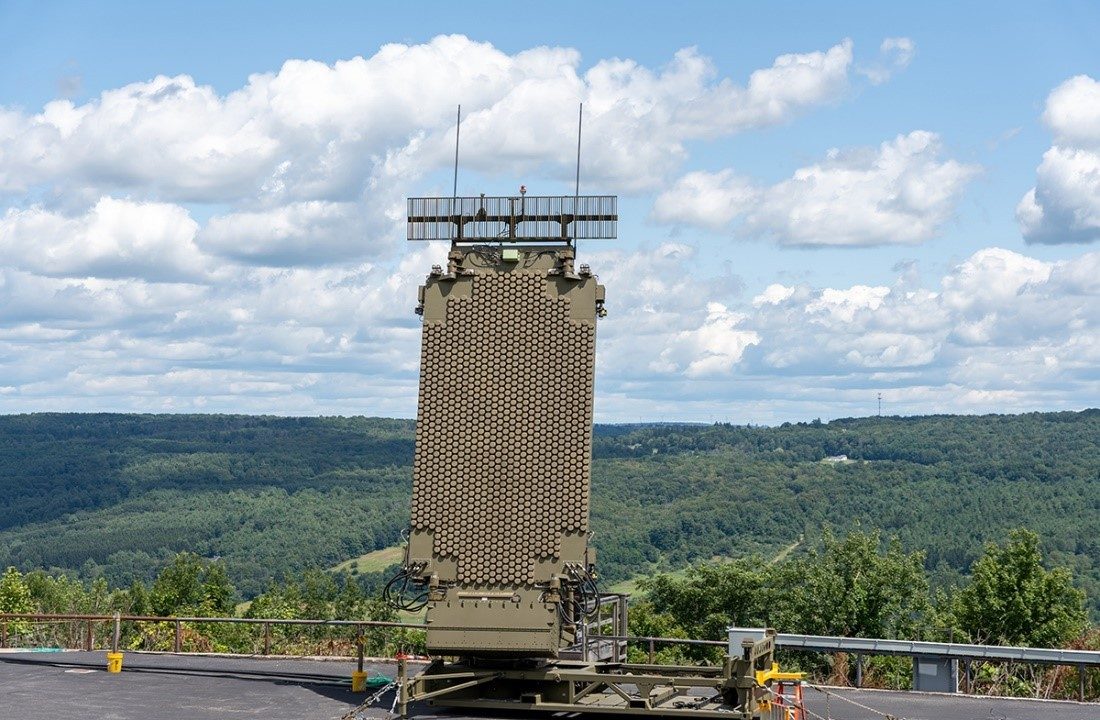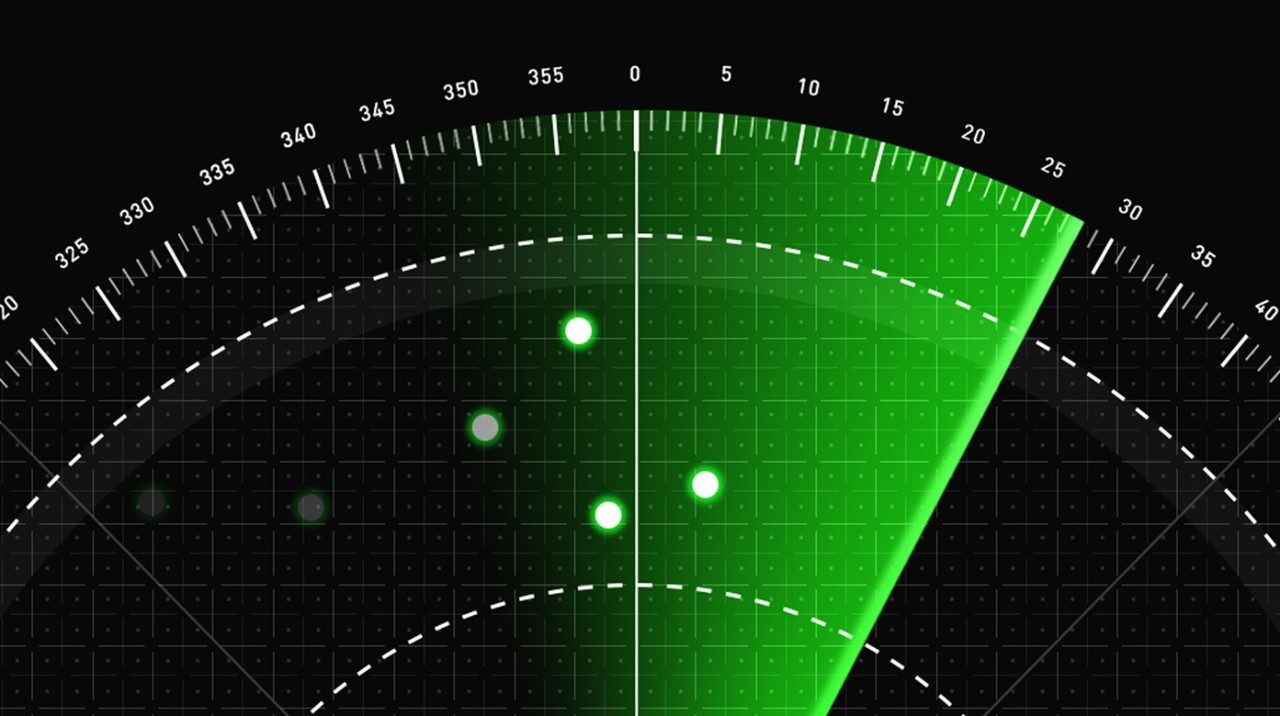What Does a Radar do?
Radars transmit and receive high-frequency radio waves to detect and track things that you may not be able to see with a naked eye. The data collected by radars help operators in the field make informed decisions about what to do next.
In national defense, radars are imperative to the security of armed forces and civilians because they provide early warning against adversarial threats, such as ballistic missiles, cruise missiles, unmanned air vehicles and aircraft, to name a few.
Step 1: Transmit

Step 2: Reflect
Those waves can be intercepted and reflected by objects – perhaps a metal object, like an aluminum-skinned plane or missile, or a fluid object such as precipitation. The reflection of the waves helps radar operators determine many features of that object – distance, direction, speed, shape, and range, to name a few.
For example, Lockheed Martin’s TPY-4 uses a computer-controlled antenna called an Active Electronically Scanned Array, or AESA, with Gallium Nitride (GaN) transmitter technology. This allows it to run multiple missions simultaneously and detect and track with greater efficiency and reliability, even while operating in busy electromagnetic environments.

Step 3: Receive

Step 4: Detect, Classify, & Act
All this digital data is then processed in real time to determine the range and trajectory of detected objects, as well as their threat level. Are we simply tracking a bird? Or is it a unmanned aerial vehicle, a cruise missile or a fighter jet? Is it friendly or is it hostile?
All this information allows the operator to act accordingly.
A Radar in Action
The Sentinel A4 is the US Army program of record of the future. It is an air and missile defense radar that will provide improved capability to soldiers against cruise missiles, unmanned aerial systems, rotary wing and fixed wing aircraft, as well as rocket, artillery, and mortar threats.
In comparison to its predecessor, the Sentinel A4 includes enhanced surveillance, detection, and classification capabilities to protect soldiers. This level of technology is a game changer for U.S. troops, allowing soldiers to operate in a more secure warfighting environment.
Importance of Radars Today
The threats to military and civilian assets are advancing every day. In this volatile global environment, the U.S. military and its allies look to advanced radar systems that can protect them as they perform various missions and adapt to an ever-changing landscape.
Our team has decades of experience developing and delivering ground-based, naval and aerial radars designed to integrate seamlessly into existing systems.
It’s why Lockheed Martin radars are the choice of more than 45 nations on six continents. Learn more about our Radar Center of Excellence or check out opportunities to find a radar career built for you.




